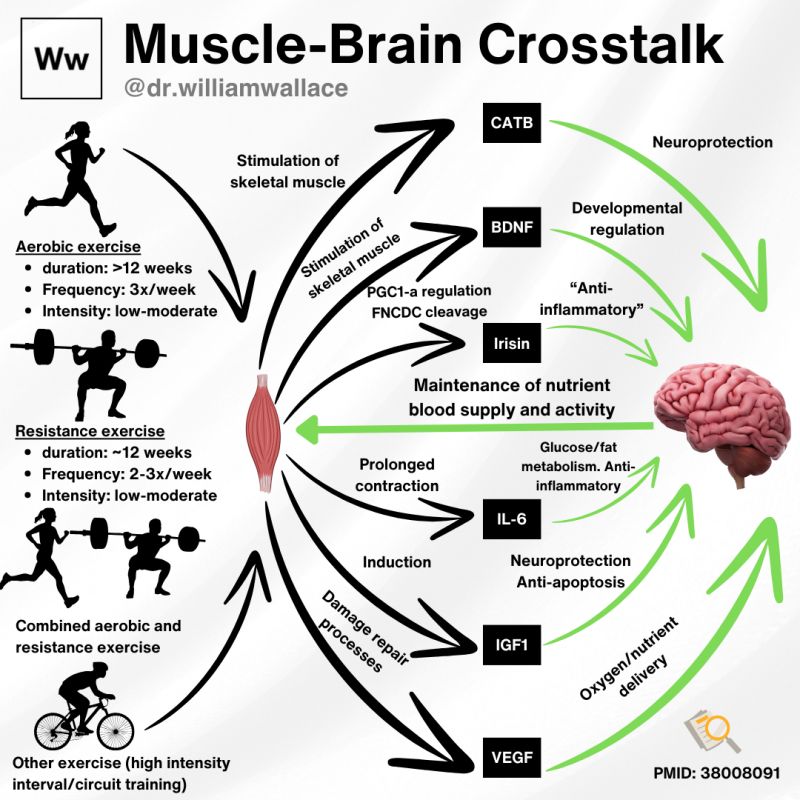
Photos of Sami Mansfield and William Wallace
Jul 15, 2024, 13:30
Sami Mansfield: My new favorite exercise oncology word is myokines

Source: Sami Mansfield/LinkedIn and William Wallace/LinkedIn
Sami Mansfield is the founder of Cancer Wellness for Life. She’s been a certified cancer exercise specialist since 2003 and has dedicated her career to implementing evidence-based lifestyle education, resources and tools into cancer care for both the patients and the providers. She lives in Colorado and can often be found on a trail with her husband and doodle who rocks some pink hiking boots.
brain-derived neurotrophic factor
brain-derived neurotrophic factor (BDNF)
cancer
cathepsin B (CATB)
insulin-like growth factor 1 (IGF-1)
Interleukin-6 (IL-6)
irisin
myokines
OncoDaily
oncody
Oncology
ProHealth Longevity
Sami Mansfield
skeletal muscle
vascular endothelial growth factor (VEGF)
William Wallace
